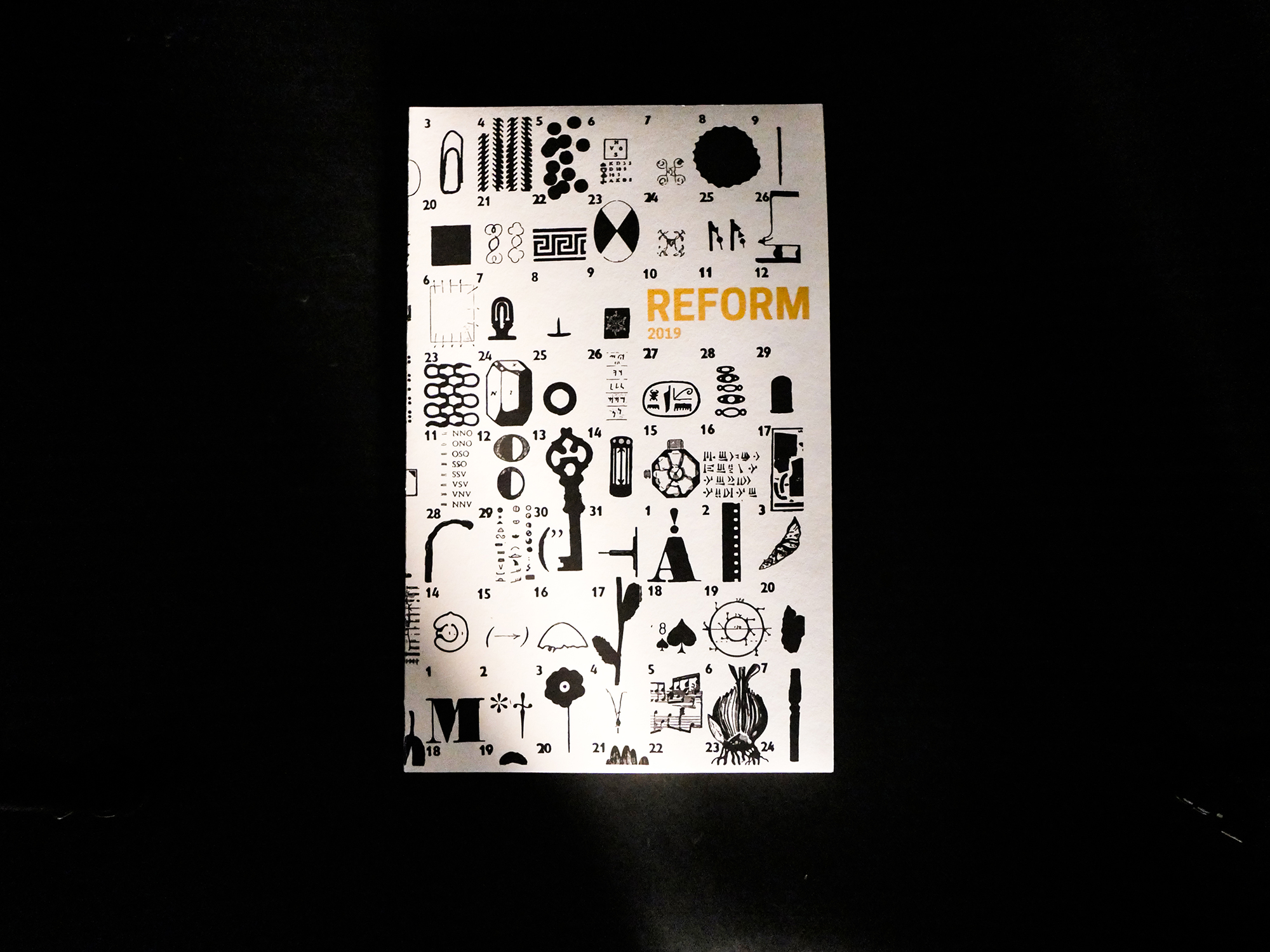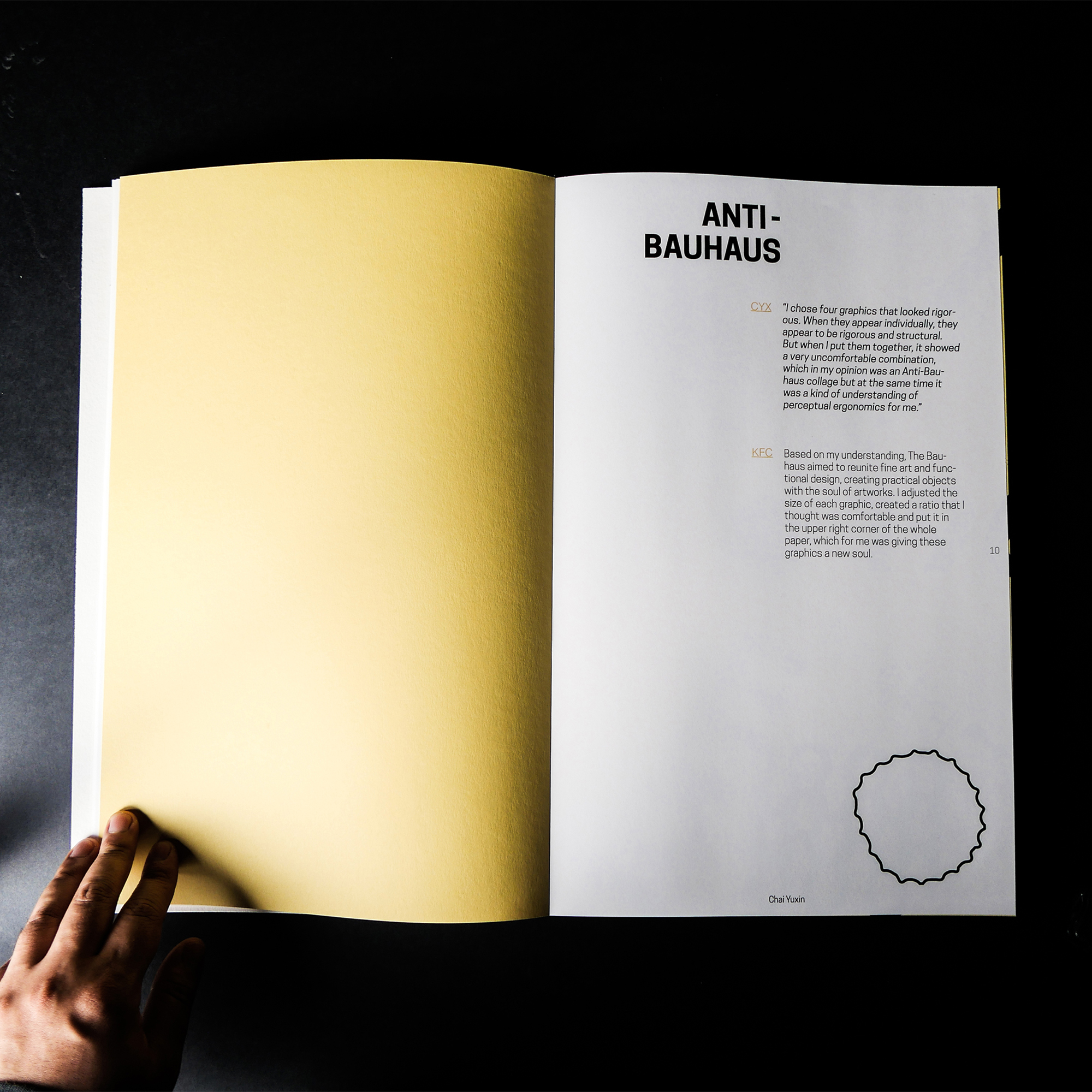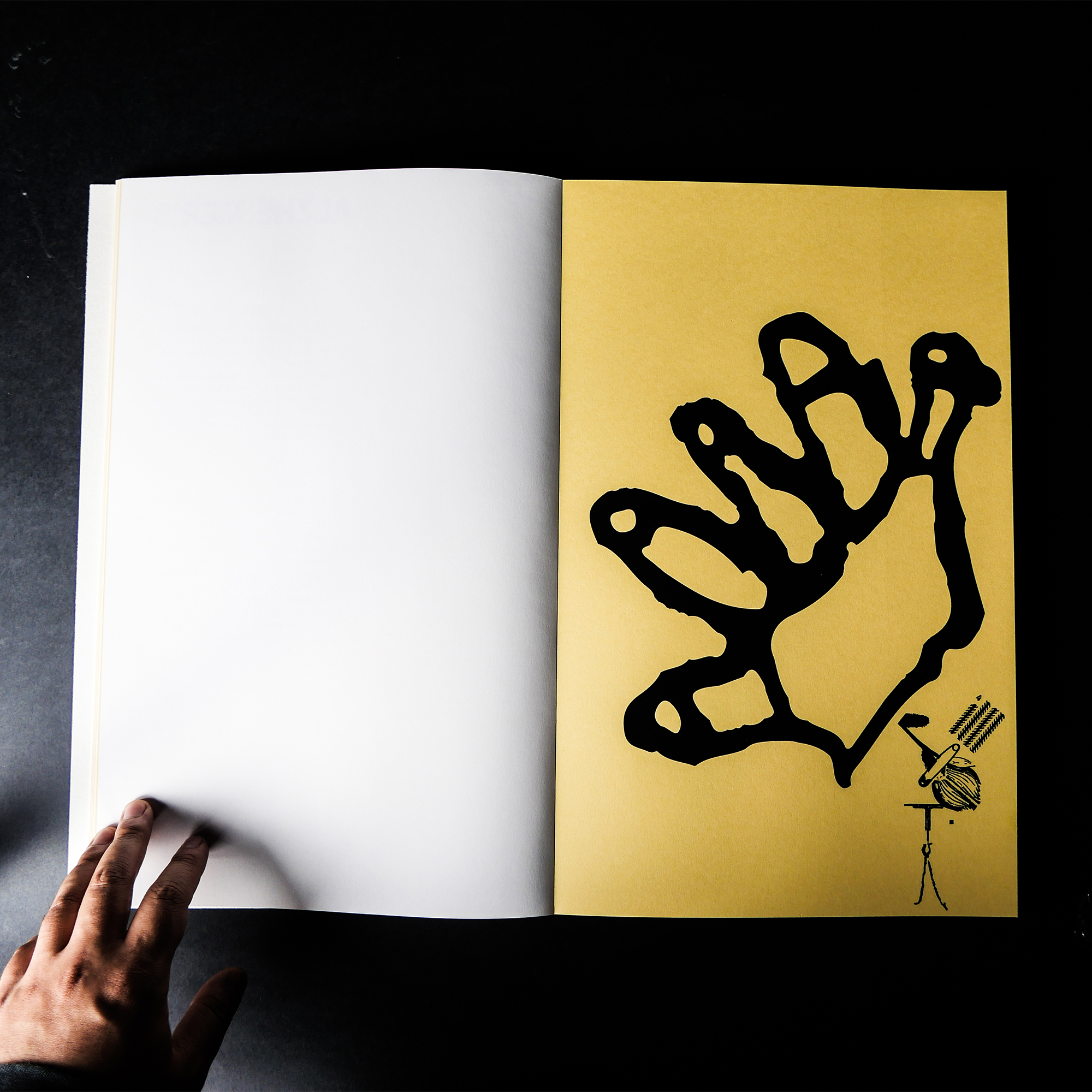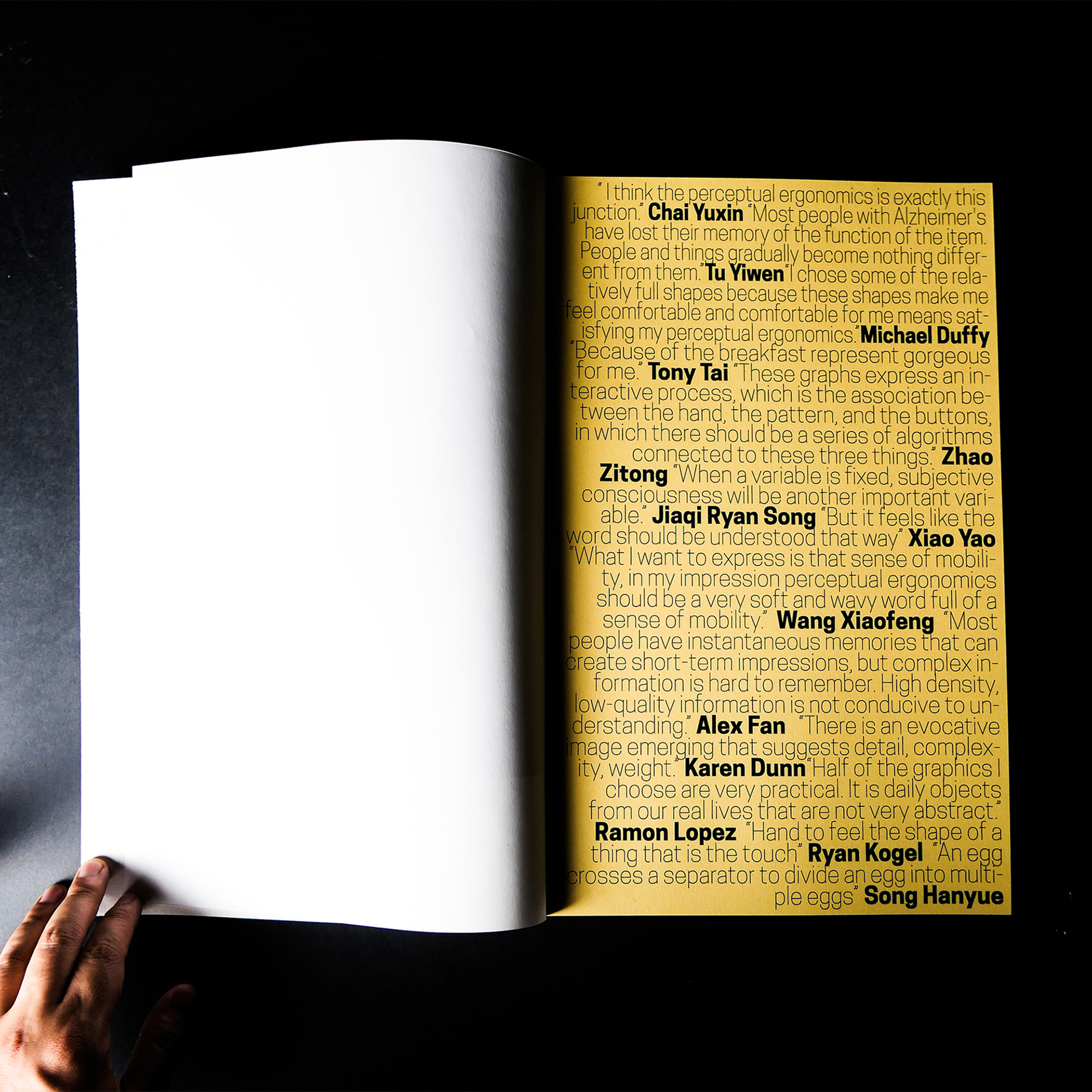A space for reflection
Fuchen Kuang
In the thesis, the core idea is to propose a design approach through which a certain degree of autonomy and participation is left to the audience. So, a designer will design knowing that the audience’s participation is necessary to complete the experience and generate meaning — and this dynamic situation contributes to the existence and quality of perceptual ergonomics. While designers are still dominant throughout the process, borrowing perceptual ergonomics is a bridge that connects audiences and designers more closely, potentially improving the completeness of the design work.









This book is an example of how I can involve different people as much as possible in the design process, turning the design into an interactive process. I interact with the audience, and we are all designers of this book. Participation is necessary to complete the experience and generate meaning — and this dynamic situation contributes to the existence and quality of perceptual ergonomics.



How to combine audiences and designers? The Chaos Theory—if the items were breaking into atoms, they can randomly combine to reform new items. Audiences and designers can be seen as atoms, and they can remix to rebuild a new design methodology and also can reform the whole graphic design methodology.